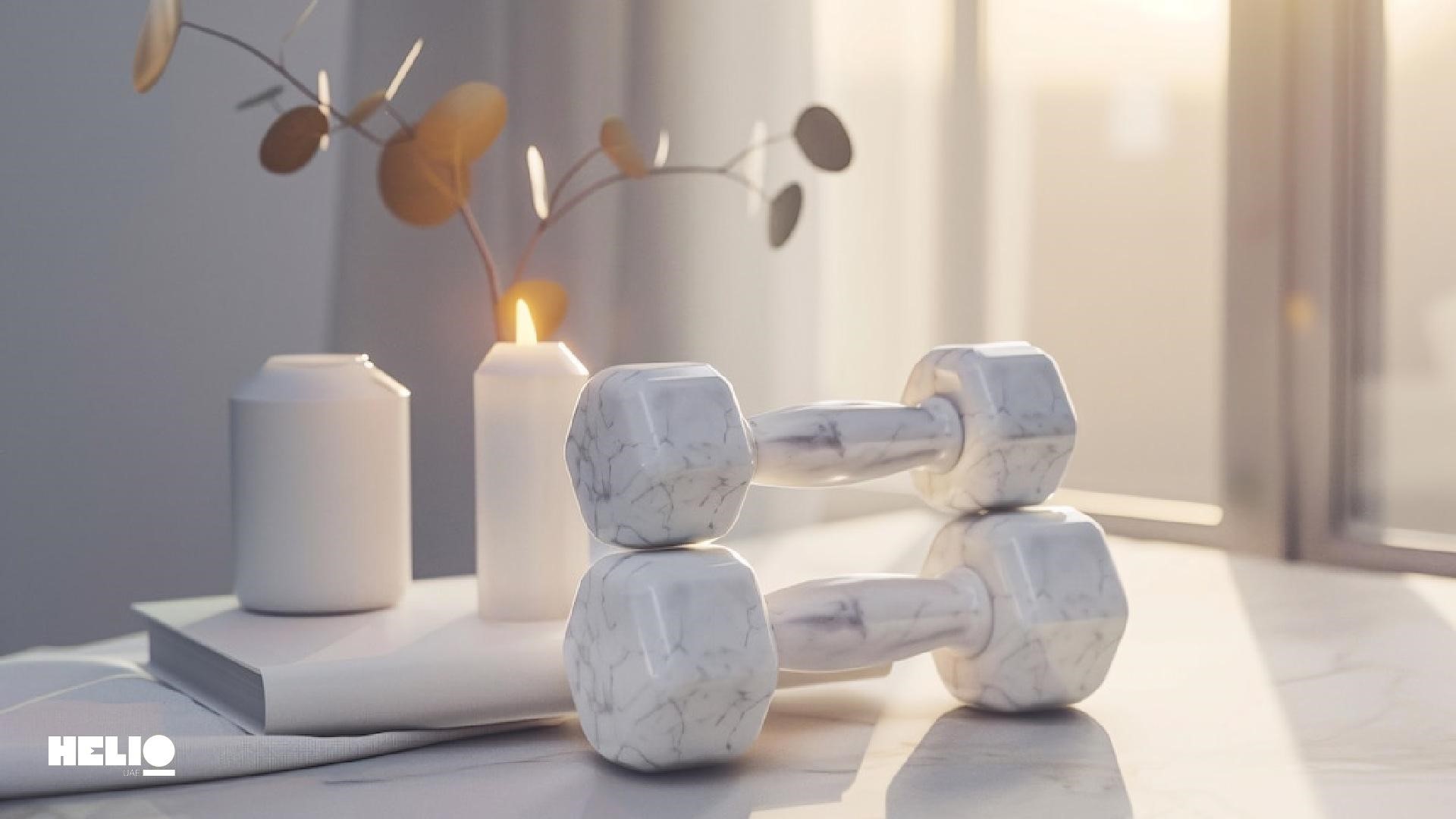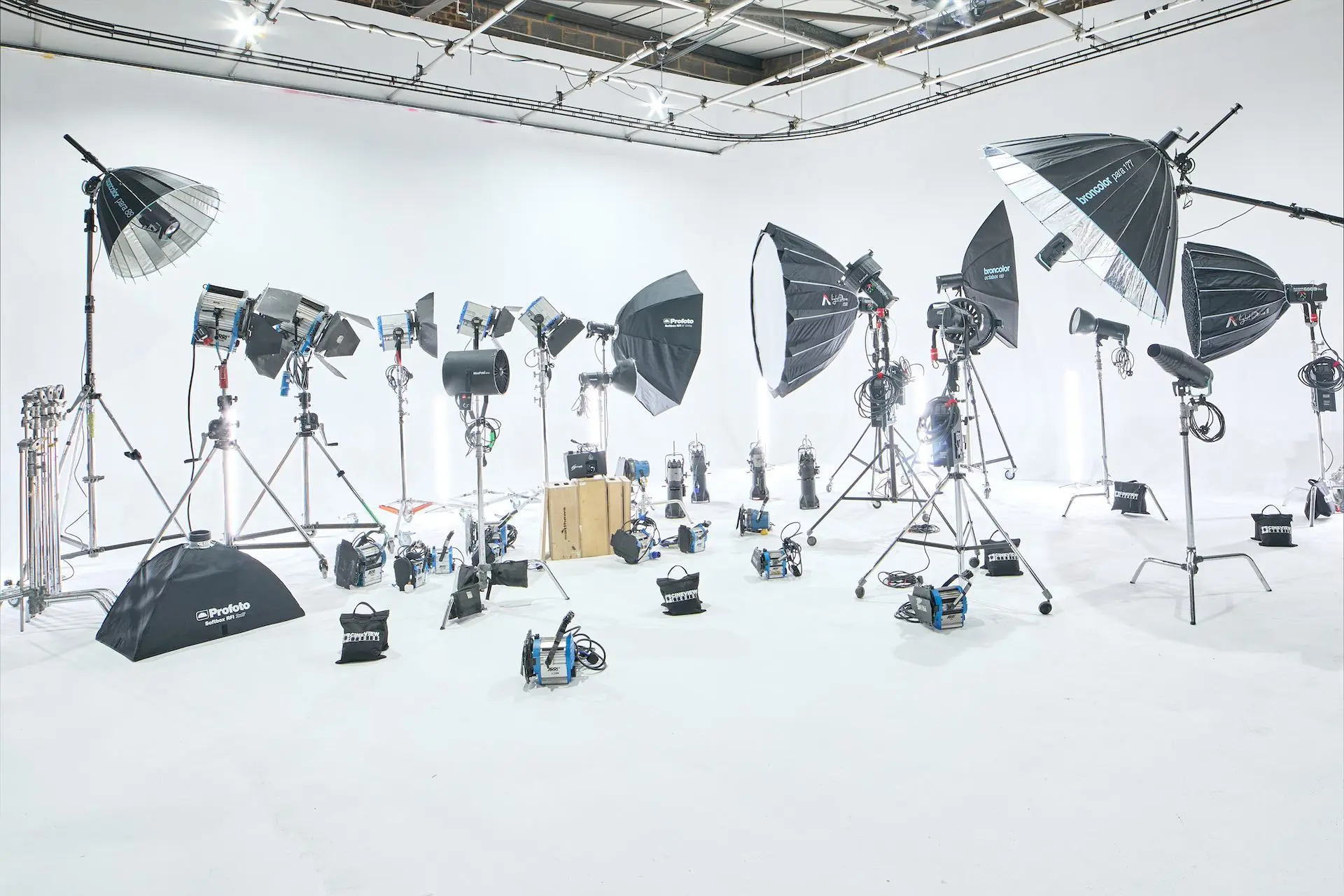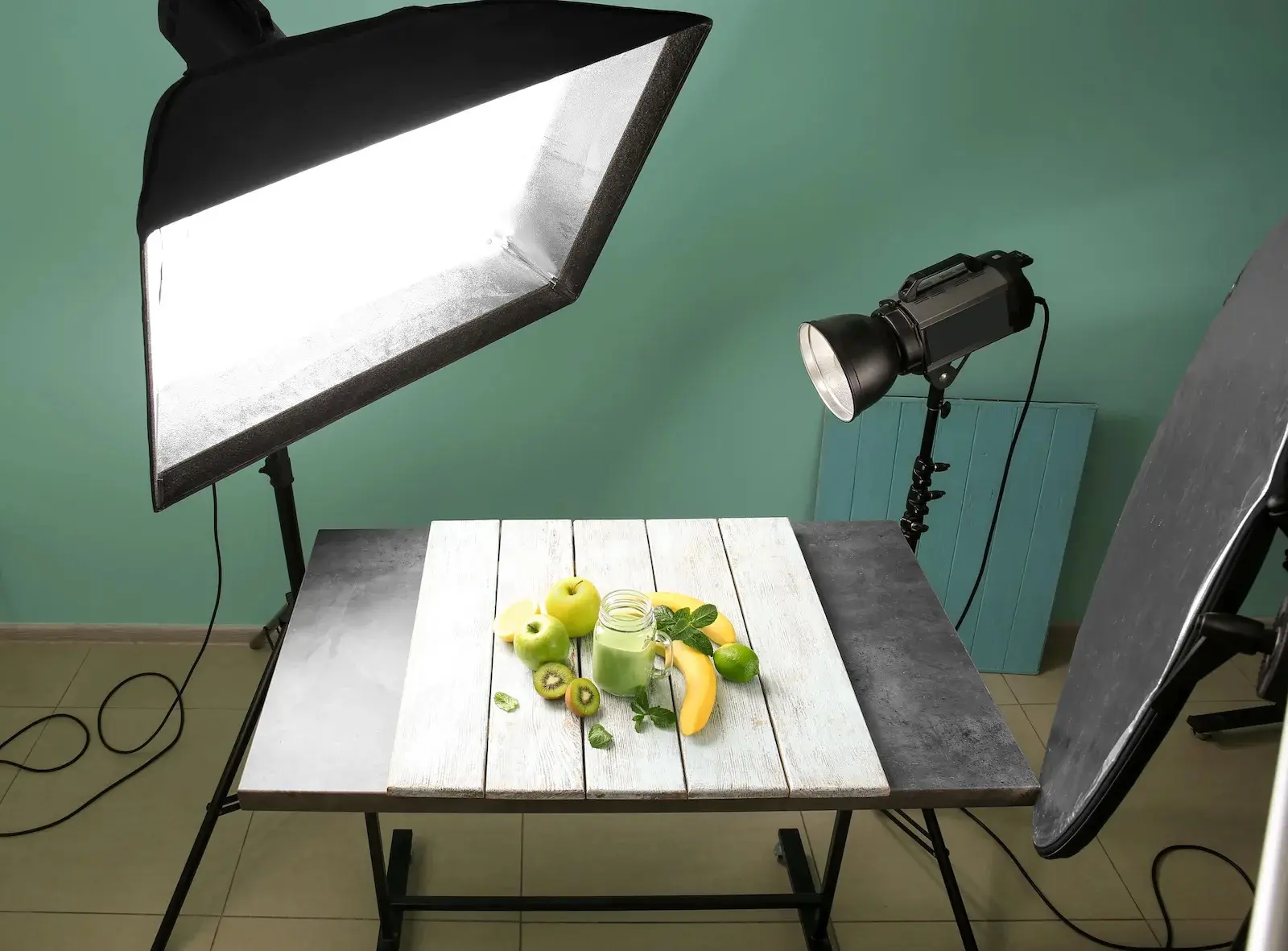Are you captivated by the potential of wellness design to revolutionize your living or working environment? If so, you’re in the right place. Wellness design is not just a trend; it’s a transformative approach to creating spaces that enhance physical, mental, and emotional well-being. Whether you’re a wellness enthusiast, an interior designer, or simply someone looking to improve your personal space, the power of wellness design can inspire and motivate you to create spaces that offer numerous benefits.
In this blog post by Helio Archi, we will explore what wellness design is, why it’s important, and most importantly, how you can practically incorporate its principles into your own spaces. From biophilic design to sustainable materials, we’ll cover everything you need to know to create environments that promote health and happiness, empowering you with the knowledge and tools to make a real difference in your living or working environment.
Principles of Wellness Design
At its core, wellness design is about creating spaces that support and enhance our well-being. But what does that mean? What is wellness in design? Let’s take a closer look at some of the key principles of wellness design:
Biophilic Design Incorporating Natural Elements
Biophilic design, a key principle of wellness design, is about connecting us with nature, even when indoors. Research shows that natural elements can reduce stress and improve mood. To incorporate biophilic design, consider adding indoor plants, water features, or natural materials like wood and stone. For instance, Stephanie Dickens’ projects often feature large windows that bring in natural light and provide views of greenery, creating a serene atmosphere.
Sustainability Using Eco-Friendly Materials and Practices
Sustainability is a core principle of wellness design. Using eco-friendly materials benefits the planet and improves indoor air quality and overall well-being. Opt for recycled or natural materials whenever possible. Decorilla’s projects, for example, frequently use non-toxic paints and sustainable wood to create healthier living environments.
Ergonomics Ensuring Comfort and Functionality
Ergonomic design is all about creating spaces that support physical health and comfort. Adjustable furniture, proper lighting, and thoughtfully arranged layouts can significantly impact your well-being. Jane Smith, a wellness design expert, emphasizes the importance of ergonomic furniture to prevent physical strain and promote productivity.
Air Quality Enhancing Ventilation and Air Purification
Good air quality is crucial for health and guarantees home design wellness. Poor ventilation can lead to respiratory issues and other health problems. Invest in air purifiers and ensure proper ventilation systems are in place. John Doe from the American Society of Interior Designers suggests using plants like the snake or spider plants, known for their air-purifying properties.
Lighting: Utilizing Natural and Artificial Lighting Effectively
Lighting plays a significant role in wellness design. Natural light boosts mood and energy levels, while well-designed artificial lighting can create a calming atmosphere. Use sheer curtains to maximize natural light during the day and invest in circadian lighting systems that adjust to your body’s natural rhythms.

Biophilic Design in Action
Now that we understand the principles of wellness design let’s see how they can be applied in real-life settings:
Benefits of Connecting with Nature
Connecting with nature has a myriad of benefits, including reduced stress and increased happiness. Biophilic design brings these benefits indoors, making your home or office a sanctuary where you can feel connected to nature and rejuvenated.
Ideas for Incorporating Plants, Water Features, and Natural Materials
Consider incorporating indoor plants, small fountains, or natural wood furniture. Each of these additions can make your space more relaxing and inviting.
Examples of Biophilic Elements in Home and Office Spaces
Biofilico’s commercial spaces are a perfect example of biophilic design. They use extensive greenery and natural light to create environments that improve occupant well-being.
Sustainable and Eco-Friendly Materials
Sustainability is another critical aspect of wellness design. Here are some ideas for using eco-friendly materials in your spaces:
Importance of Sustainability in Wellness Design
Sustainability is not just a buzzword; it’s a necessity. Using eco-friendly materials can improve your health and the planet’s well-being.
Use of Recycled and Natural Materials
Opt for recycled glass, bamboo, or cork in your design. These materials are sustainable and add a unique aesthetic to your space.
Tips for Selecting Eco-Friendly Furnishings and Finishes
When selecting materials, look for certifications like LEED or GREENGUARD. These certifications ensure that the products meet strict environmental standards.

Ergonomic and Functional Spaces
Ergonomics is a crucial aspect of wellness design. Here’s how you can create spaces that are both functional and comfortable:
Designing for Comfort and Efficiency
Comfort and efficiency are key to a well-designed space. Ergonomic furniture and thoughtful layouts can make a significant difference.
Importance of Adjustable Furniture and Proper Layout
Adjustable furniture allows you to customize your space according to your needs, enhancing comfort and productivity. A proper layout ensures that your space is functional and promotes movement, which is crucial for physical health.
Tips for Creating Ergonomic Workspaces
Invest in ergonomic chairs and adjustable desks. Ensure that your workspace is well-lit and free from clutter to maximize productivity.
Air Quality and Ventilation
Air quality is vital for overall well-being. Here’s how you can improve it in your spaces:
Impact of Air Quality on Health and Well-Being
Poor air quality can lead to various health issues, from respiratory problems to headaches. Ensuring good air quality is crucial for well-being.
Strategies for Improving Indoor Air Quality
Use air purifiers and ensure proper ventilation. Incorporate air-purifying plants to improve air quality naturally.
Use of Air Purifiers and Proper Ventilation Systems
Invest in high-quality air purifiers and ventilation systems. John Doe recommends brands like Dyson for their efficiency in maintaining good air quality.
Lighting for Wellness
Lighting can significantly impact our mood and well-being. Here’s how you can optimize lighting in your spaces:
Importance of Natural Light for Health
Natural light boosts mood and energy levels. It’s essential for maintaining a healthy circadian rhythm.
Techniques for Maximizing Natural Light
Use light-colored walls and mirrors to reflect natural light—position furniture to maximize available sunlight.
Use of Circadian Lighting and Adjustable Lighting Systems
Circadian lighting systems adjust to mimic natural light patterns, enhancing your well-being. Invest in smart lighting solutions for ultimate flexibility.
Mindful and Relaxing Spaces
- Creating Spaces for Relaxation and Mindfulness: Mindful spaces promote relaxation and well-being. Designate areas in your home for meditation or quiet reflection.
- Use of Calming Colors and Textures: Soft colors and textures create a calming atmosphere. Opt for hues like lavender or soft blues and materials like plush fabrics.
- Incorporating Quiet Zones and Meditation Areas: Designate quiet zones in your home where you can unwind and practice mindfulness. Use soft furnishings and soundproofing to enhance the tranquility.
Integrating Technology
- Smart Home Technology for Wellness: Smart home technology can significantly enhance well-being. Automated systems can make your home more comfortable and efficient.
- Automated Lighting and Climate Control: Automated lighting and climate control systems adjust to your preferences, creating a comfortable living environment.
- Health Monitoring Devices and Systems: Health monitoring devices can track your well-being and provide insights into how to improve your lifestyle.

Personalization and Aesthetics
- Importance of Personalizing Spaces: Personalizing your space makes it feel more like home. It’s essential for creating an environment that reflects your personality and preferences.
- Balancing Aesthetics with Functionality: Aesthetics and functionality go hand in hand. Ensure that your space is not only beautiful but also practical.
- Tips for Creating a Harmonious and Personalized Environment: Use personal items like photos and artwork to make your space unique. Ensure that every element serves a purpose.
Wellness Design in Different Spaces
Wellness design varies across different spaces. Here’s how to optimize wellness design in various environments:
Home Living Rooms, Bedrooms, Kitchens, and Bathrooms
Apply wellness design principles to every room in your home. Each space should promote well-being and functionality.
Office Creating Productive and Healthy Work Environments
Wellness design is crucial in the workplace. Create spaces that promote productivity and well-being.
Public Spaces Wellness Design in Schools, Hospitals, and Community Centers
Public spaces can also benefit from wellness design. Implement these principles to create healthier and more welcoming environments.
Examples of Benefits of Wellness-Inspired Design
Biofilico is a design firm that specializes in creating biophilic commercial spaces. One of their notable projects integrated natural elements such as plants, natural light, and water features to enhance the overall well-being of the occupants. The design emphasized creating a connection with nature, which has been shown to reduce stress and improve mental health. The project demonstrated how incorporating biophilic design principles can transform commercial environments into wellness-promoting spaces, increasing user productivity and satisfaction.
Stephanie Dickens focuses on incorporating wellness design in residential spaces. Her projects emphasize natural light, thermal comfort, and air quality, integrating biophilic elements like indoor plants and natural materials. One such project transformed a home into a wellness haven by optimizing natural ventilation, using eco-friendly materials, and creating calming spaces with neutral colors and ergonomic furniture. This approach not only improved the aesthetic appeal but also significantly enhanced the physical and mental well-being of the residents.
Transform Your Space with Helio’s Wellness Design
Wellness design is more than just a trend; creating spaces promoting well-being is necessary. Incorporating principles like biophilic design, sustainability, and ergonomics can transform your living or working environment into a sanctuary of health and happiness.
Ready to elevate your space? Our team at Helio Archi is here to help. Contact us today to learn how we can integrate wellness principles into your personal or professional spaces.





